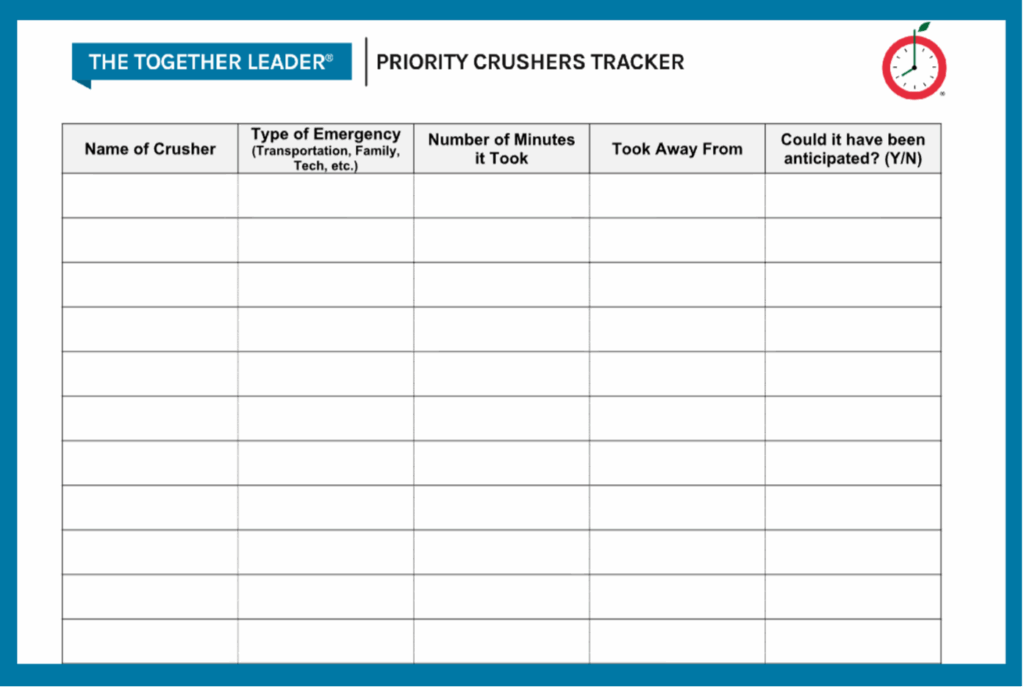I had not planned to write this particular blog post on this particular Monday morning (usually reserved for deeper writing and design work), but since I have received a flurry of interruptions, well, hey, why not? It went something like this. . .
- 7:45 AM Call from a kid’s doctor about a time-sensitive prescription refill that requires paperwork in advance
- 8:47 AM Another call, this time from the school nurse, about a kid’s lingering injury from a cleat to the knee in yesterday’s soccer game
- 9:15 AM An Asana assignment from my team that felt time-sensitive to me, but in hindsight could have waited
- 10:20 AM A knock on my front door about a yard issue with work we had done for better drainage after downpours
- 10:27 AM A Slack message from a team member regarding timing of upcoming newsletters
And this is why, as much as I like Cal Newport’s work, if you are the primary parent (and I am because my kids’ dad is a middle school teacher and usually cannot take these kinds of during-work-day phone calls), it is impossible to close off all communication channels. (Cal – if you are reading this, write more for working parents please!)
First of all, not all interruptions are evil. In fact, for a lot of us, they are part of the job and they should be welcomed rather than avoided. For example, if you run the front office of a school building or are responsible for the IT helpdesk tickets, interruptions are quite literally your job, and if you’re thinking of them as intrusions on your work, perhaps some reframing is helpful. Repeat after me, interruptions are part of my job!
For those of us for whom interruptions are not part of our job, per se, but they happen on a decent cadence (me!), what on earth can we do to weave them into the fabric of our days without derailing our plans? Here is my personal approach, and I would love to hear about yours.
- Observe and note patterns of interruptions. We have a tool for precisely that if you don’t already have a sense of what pops up. It could be certain people, certain times of day, or even a certain season. Ana, a member of The Together Team, always describes post-recess as a time when she knew she would do “interruptible work” as a teacher. If you are constantly interrupted, see if you can work with a colleague to create an On-Call Schedule so you can at least get 25 minutes of uninterrupted time.
- Create a trail of breadcrumbs and note where you left off in the priority work. This is a big one for me! If I have to jump to answer the school nurse (who, bless her heart, always starts with, “everything is fine,”), I literally highlight where I left off in my writing so I can jump right back in. I basically try to leave myself a breadcrumb, and give myself a physical cue to see where that is, such as highlighting a piece of text or putting a Post-It Note where I will be working next.
- Avoid falling into the Interruption Cycle. After the barrage of life phone calls, I almost, almost, almost gave up on the Together Tour I was writing and jumped into my Little List (a list of short tasks I maintain, containing my more interruptible work). But I had a little Together Talk with myself, set my Forest timer, poured an emotional support beverage, and got back into it. It was not easy, and it felt like all forces were conspiring against me. Sidenote: If I am working from the home office, I usually create an interruptible block so I can greet the Semi-Together Teens when they roll in from school.
- Make sure your team has Communication Agreements in place. Our own team just refreshed our agreements on Slack versus Asana, and it reminded me that I didn’t need to answer those Slack messages right away (that is usually same day for us, and I can change my status to not available), and my Asana assignments most certainly can wait. But if we didn’t have those agreements in place, it would have been hard to know how long I could wait. This is a case where I personally have to be careful about Faux Productivity and rapid response rates.
- Utilize Thought Catchers. One of my own interrupting-myself habits is handling personal items in small pockets throughout the workday, which then lead to longer text threads or phone calls. For example, my husband and I are planning our wedding anniversary celebration, and I need to book an overnight. I almost texted him at his office to ask about a certain location, but I realized I can save that on my Dr. Together Post-It Note for an evening chat. I can use Asana to do the same for our team members.
Okay, what am I missing? Since we know interruptions are simply part of workplace (and home place!) lives, how do you balance them with the other parts of your job?


